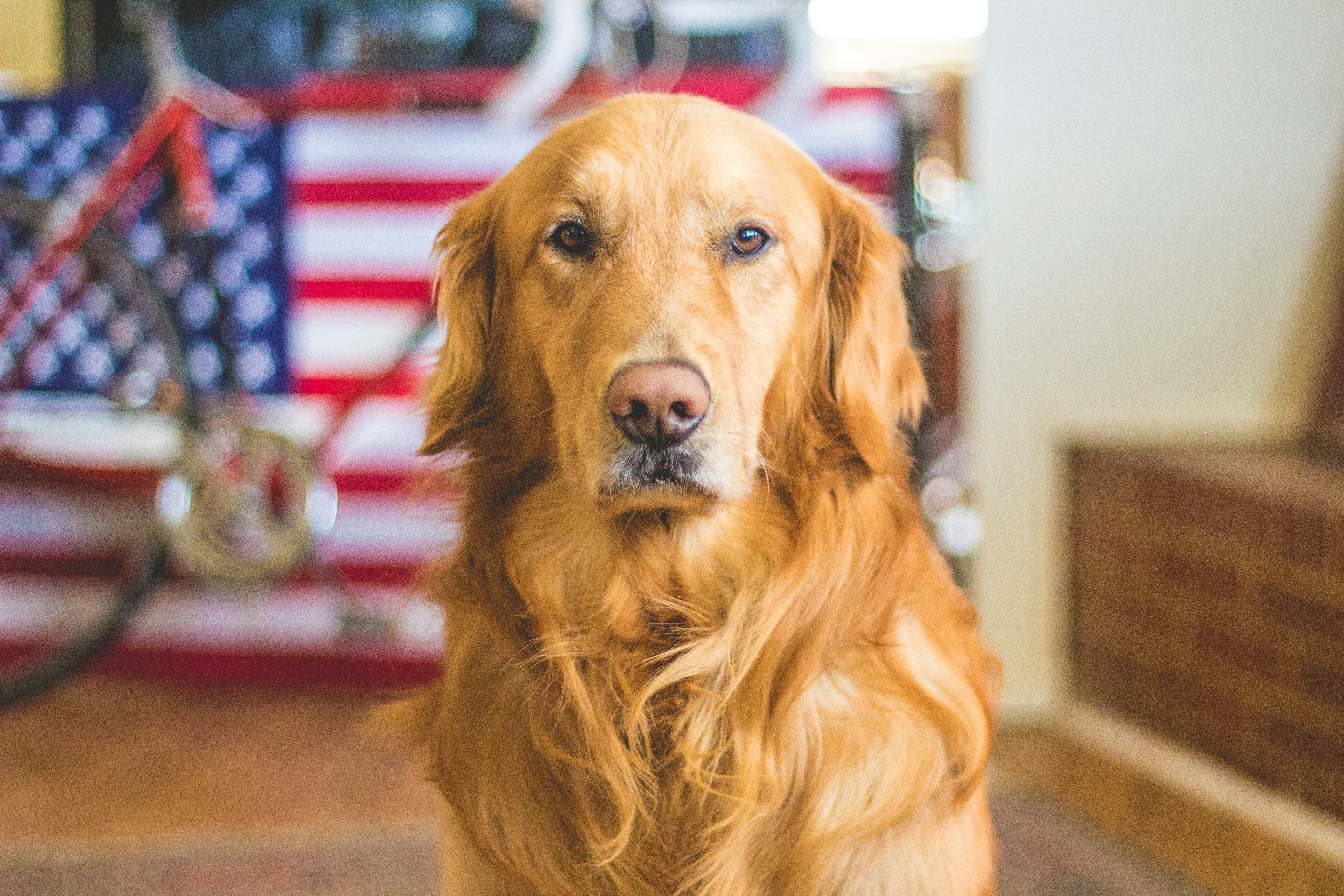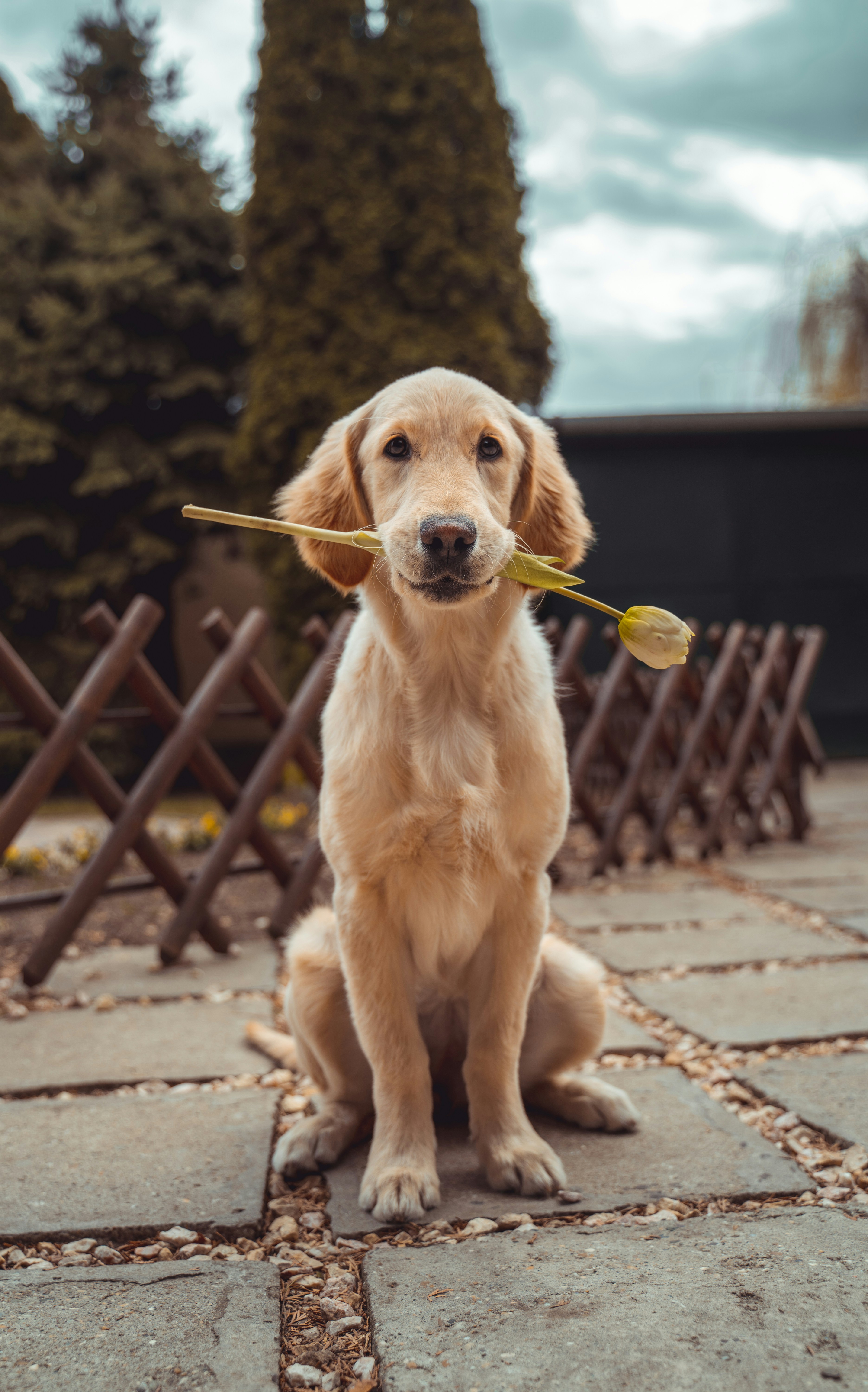I’m Jackson, and I want to talk about something that might happen to your dog after they get groomed: scabs! Sometimes, when dogs get groomed, they can end up with scabs on their skin. Scabs are little hard spots that form when there’s a cut or scratch that starts to heal. In this article, we’ll explore why these scabs might happen, how to prevent them, and what to do if your dog does develop them. Don’t worry, I’ll explain everything in a way that’s easy for you to understand!
Identifying the Problem: Scabs on Dogs After Grooming
Look for Changes After Grooming
After grooming your dog, it’s important to carefully examine their skin to see if there are any changes. Look for scab formations or small sores on their body, especially in areas that were recently groomed. Take note of any redness, swelling, or excessive itching as well.
Symptoms of Scabs
Scabs on dogs can cause discomfort and irritation to your furry friend. Some common symptoms include constant scratching, licking, or biting at the affected areas. You may also notice hair loss or bald patches in the area where the scabs are present. Keeping an eye out for these signs will help you identify if your dog has scabs after grooming.
Understanding the Causes of Scabs
Introduction to Common Grooming-related Injuries
Grooming-related injuries can occur if the grooming process is not done correctly. These injuries can lead to scab formations on your dog’s skin. It’s important to understand that even though grooming is necessary for your dog’s hygiene, it can also cause harm if not done properly.
Effects of Wrong Grooming Equipment
Using the wrong grooming equipment can cause scabs to form on your dog’s skin. Sharp or improperly maintained tools, such as scissors or clippers, can accidentally cut or scrape your dog’s skin during the grooming process. Ensure you have the right tools for grooming, and keep them in good condition.
Effects of Aggressive Grooming Styles
Aggressive grooming styles can also contribute to scabs on your dog’s skin. If your groomer is too rough or applies excessive pressure while grooming, it can lead to skin irritation and scab formation. It’s important to choose a gentle and experienced groomer who will prioritize your dog’s comfort and well-being.
Importance of Correct Grooming Techniques
The Role of Training and Experience in Grooming
Proper dog grooming requires training and experience to ensure the safety and well-being of your furry friend. A well-trained and experienced groomer will know how to handle different breeds and individual temperaments, reducing the chances of scabs or injuries.
Guidelines for Safe Dog Grooming
To avoid scabs on your dog’s skin, it’s important to follow some safe grooming guidelines. Start by ensuring your dog is calm and comfortable before beginning the grooming process. Use gentle techniques and avoid applying excessive force. Always watch for signs of distress and take breaks if needed. Regularly inspect your dog’s skin during grooming to catch any potential problems early on.
Preventing Scabs from Grooming
Pre-Grooming Skin Checks
Before starting the grooming process, it’s important to perform a thorough skin check on your dog. Look for any existing scabs or sores to avoid aggravating them during grooming. If you notice any issues, consult with a veterinarian before proceeding with grooming.
Proper Use of Grooming Tools
Using grooming tools correctly is essential to prevent scabs on your dog. Ensure that your clippers, brushes, and combs are appropriate for your dog’s breed and coat type. Regularly clean and maintain the tools to prevent any sharp edges or potential skin damage.
Addressing Underlying Causes of Scabs
Sensitive Skin and Allergies
Some dogs have more sensitive skin or allergies that can make them more prone to developing scabs after grooming. If your dog frequently experiences scab formations, it may be necessary to switch to hypoallergenic grooming products or consult a veterinarian for further guidance.
Deficiencies in Diet
A dog’s diet plays a crucial role in their overall health, including the condition of their skin. Nutritional deficiencies can lead to dry and irritated skin, which is more susceptible to scabs. Ensure your dog is receiving a balanced diet with essential nutrients for healthy skin and coat.
Scabs and Dog Breeds
Commonly Affected Breeds
Certain dog breeds are more prone to developing scabs after grooming. Breeds with sensitive skin, thick coats, or folds of skin are more susceptible. Examples include Bulldogs, Dalmatians, Shar-Peis, and Pugs. If you have one of these breeds, it’s important to be extra cautious during grooming to prevent scabs from forming.
Taking into Account Your Dog’s Breed During Grooming
Understanding your dog’s breed-specific grooming needs is crucial for avoiding scabs. Some breeds require regular brushing to prevent matting, while others may need extra attention to prevent skin fold infections. Research and consult with a professional groomer to determine the best grooming practices for your specific breed.
Immediate Care After Identifying Scabs
Home Remedies and When to Use Them
If you notice scabs on your dog’s skin after grooming, there are a few home remedies you can try. Gently clean the affected area with a mild antiseptic solution and keep it dry. Avoid any scratching or licking, as this can aggravate the scabs further. However, if the scabs worsen or do not improve within a few days, it’s important to seek veterinary care.
Treatment Options at the Vet
If the scabs are severe or persistent, a visit to the vet may be necessary. They can provide specific treatment options depending on the cause of the scabs, such as topical ointments, oral medications, or additional tests to identify any underlying health issues. The vet will guide you on the best course of action.
Long-Term Care for Dogs with Scabs
Changes to Grooming Schedule
After identifying scabs on your dog, it’s important to make some adjustments to their grooming schedule. This may include decreasing the frequency of grooming sessions or avoiding certain grooming practices that irritate their skin. Listen to your dog’s needs and make changes accordingly.
Special Skin Care Products and Routines
To help prevent scabs and keep your dog’s skin healthy, consider incorporating special skin care products into their routine. This can include using hypoallergenic shampoos, moisturizing sprays, or recommended topical treatments. Consult with your vet or a professional groomer to find the best products for your dog’s specific needs.

Choosing the Right Groomer
Qualifications Your Groomer Should Have
When selecting a groomer for your dog, it’s essential to consider their qualifications. Look for groomers who have undergone professional training, are certified, and have experience working with different breeds. A well-qualified groomer will prioritize your dog’s safety and well-being during the grooming process.
Questions to Ask Potential Groomers
Before entrusting your dog to a groomer, ask them a few important questions to ensure they are the right fit for your furry friend. Inquire about their grooming techniques, how they handle difficult dogs, and if they are familiar with your dog’s specific breed or any skin sensitivities. Don’t hesitate to request references or visit the grooming facility before making a decision.
Author’s Advice: Jackson’s Tips and Experiences
Jackson’s Lessons Learned
As someone who has experienced scabs on my own dog after grooming, I have learned some valuable lessons. Firstly, always choose a groomer who is gentle and experienced, ensuring your dog’s comfort and safety. Secondly, perform regular skin checks before and during grooming to catch any potential issues early on. Lastly, listen to your dog’s needs and adjust the grooming routine accordingly to prevent scabs.
Jackson’s Recommendations for Healthy Grooming Practices
Based on my experiences, here are some recommendations for maintaining healthy grooming practices. Use the right tools for your dog’s breed and coat type, avoid aggressive grooming styles, and be mindful of any allergies or sensitivities your dog may have. Regularly inspect their skin, make necessary adjustments to their diet, and consult with professionals when needed.
In conclusion, scabs on dogs after grooming can be an uncomfortable and concerning issue. By being diligent in identifying the problem, understanding its causes, implementing correct grooming techniques, and addressing any underlying causes, we can prevent and care for scabs on our furry friends. Remember, their well-being is our top priority!







